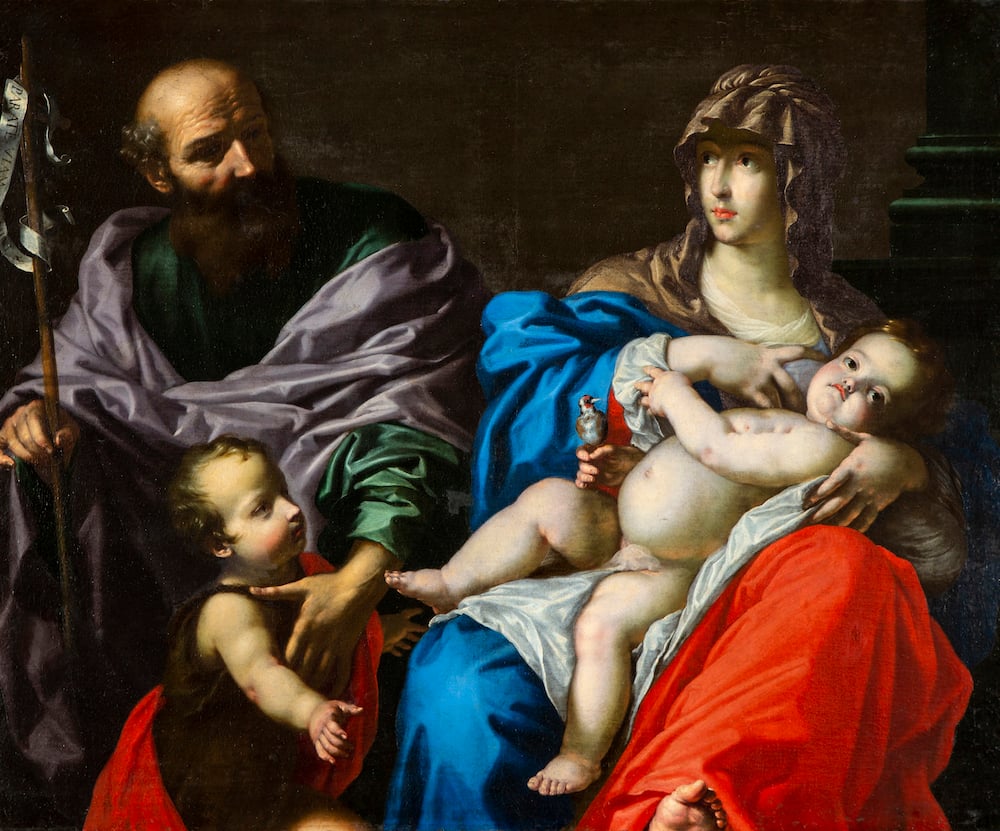Art World
An Art History Professor Spotted an Unusual Painting at a Local Church. Now, It Is Being Hailed as a Major Italian Baroque Discovery
The religious painting by Cesare Dandini is now on loan to Iona College.

The religious painting by Cesare Dandini is now on loan to Iona College.

An art history professor in Westchester, New York, has discovered a rare Italian Baroque painting at a local church.
Iona College professor Tom Ruggio did a “double take” when he first saw the work at the Church of the Holy Family, he told ABC News, which first reported the discovery. He “realized immediately it was an Italian Baroque painting,” he said, and snapped some pictures with his phone to share with fellow art history experts in Italy and New York City.
Now, the painting, which has been identified as a 17th-century work by Cesare Dandini, is enjoying pride of place at Iona College’s Ryan Library on a three-month loan.
The work is known as Holy Family with the Infant St. John and dates to the 1630s. Experts said they thought it was missing all of these years. Dandini was “an artist of considerable refinement [and] promoted the Florentine devotion to strongly colored and elegantly crafted compositions,” according to the Metropolitan Museum of Art, which also owns works by the artist and helped authenticate the newly discovered work.
The Artnet Price Database lists 192 auction results for Dandini. The artist’s record at auction is $753,530 (£498,500) for Tobias and the Angel, sold at Sotheby’s London in 2000.
“It was God’s providence,” Monsignor Dennis Keane with Church of the Holy Family told Artnet News. Ruggio visited the church and made his discovery more than a year ago, near the start of lockdown. Keane clarified that the purchase of the painting, by the church’s former pastor, Monsignor Fitzgerald, actually happened at a gallery in Rome, and not London as initially believed and reported to ABC. Keane says the church believes the work was hung there sometime around 1962.
The painting will arrive back at the church from the Iona shortly before Christmas, Keane said, and plans for displaying it are in the works. For all the years that it has been hanging there, he and the church staff knew that it was an important Italian work but believed it was “follower of” or “after” Dandini, a qualification that often happens with Old Master works where attribution is not 100 percent certain. In this case, the research proved that it is in fact a genuine work by Dandini.